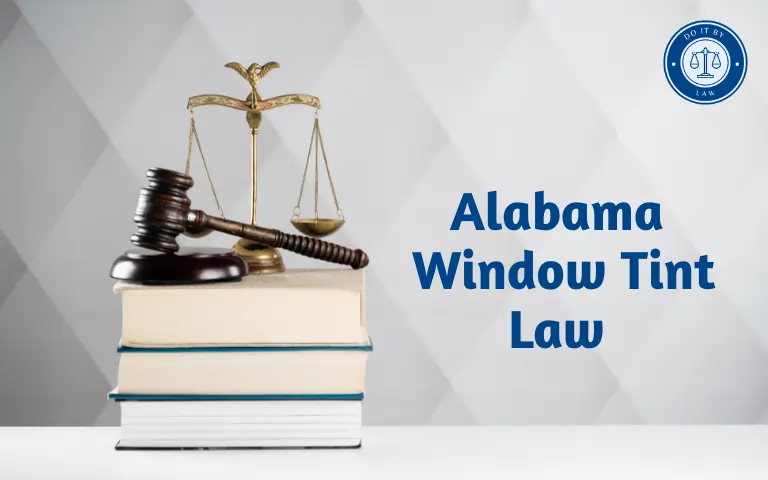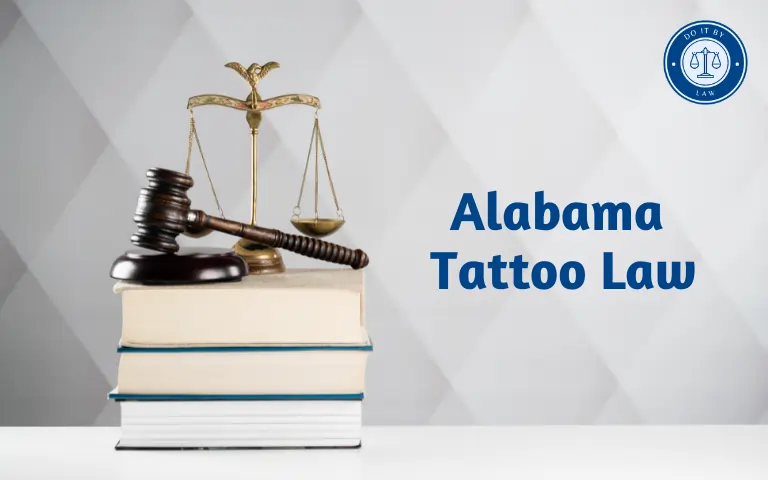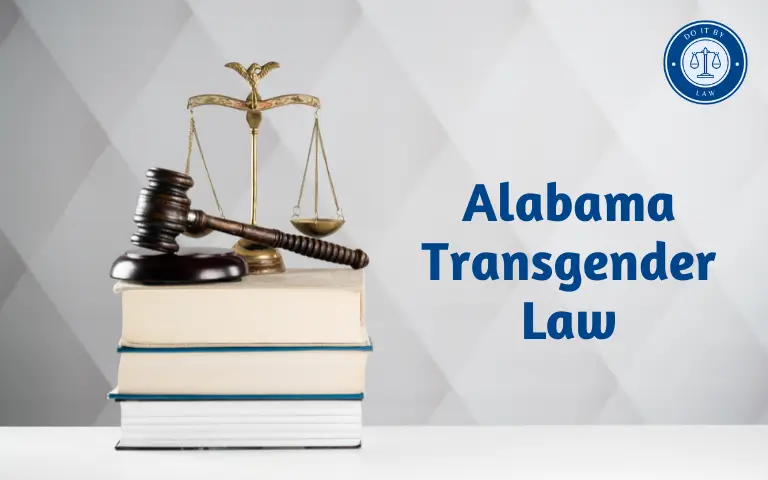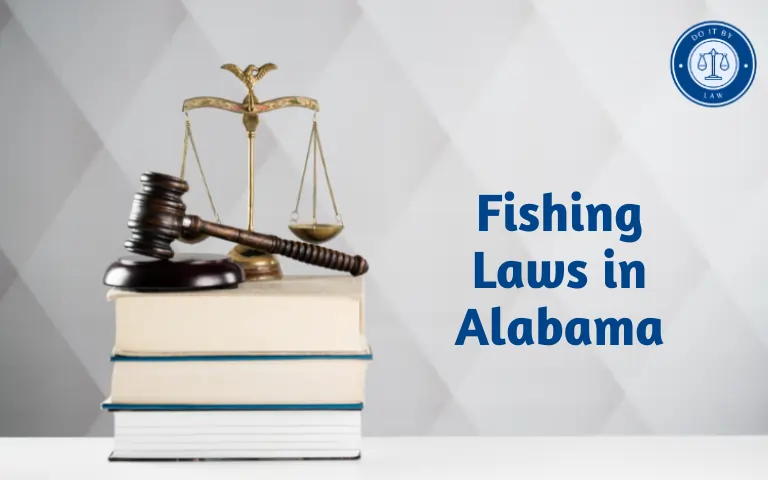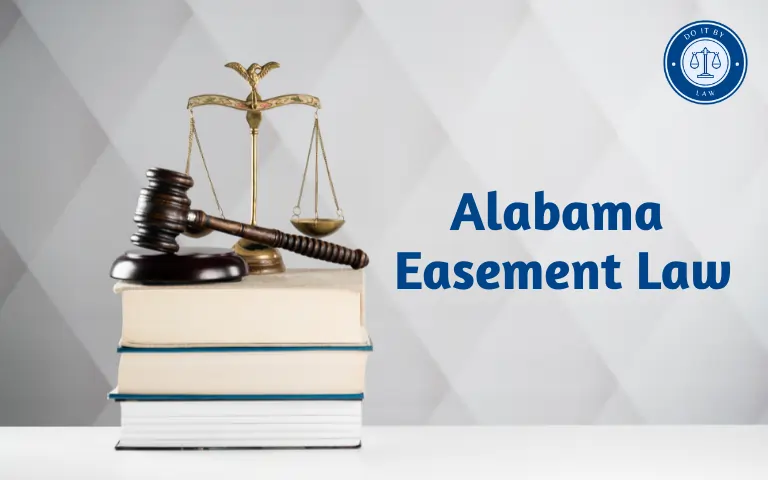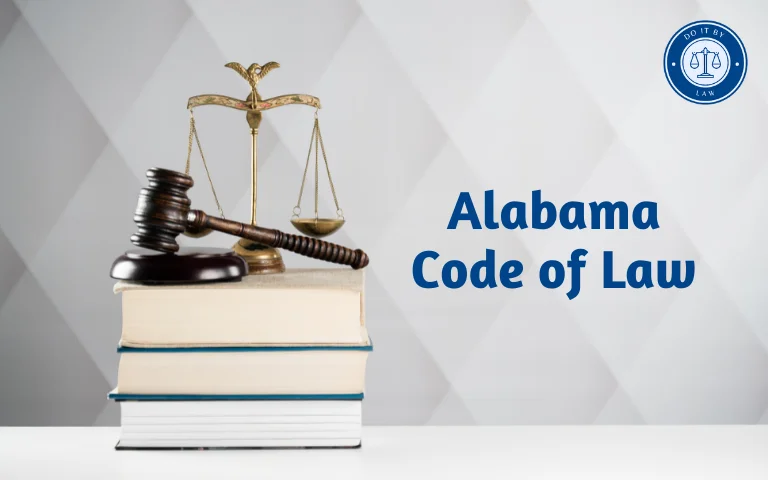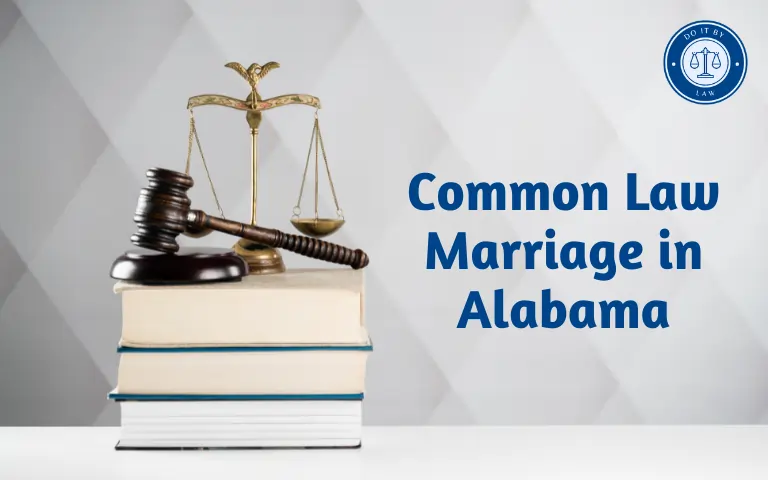Alabama Window Tint Law: What You Need to Know
Alabama window tint law and regulations strike a balance between personal preference and driver visibility. While offering some freedom for darker tints on rear windows and SUVs, passenger cars face stricter limits, with minimum light transmission percentages for side windows and a reflective tint ban.
Medical exemptions exist, but exceeding restrictions can result in fines, so understanding the specifics before hitting the road is crucial. Buckle up and let’s delve into the details of Alabama window tinting landscape.
When Was the Alabama Window Tint Law Enacted?
Alabama window tint law first took effect in 1997 under the state’s Motor Vehicle Safety-Responsibility Act. The law has been amended over the years, most recently in 2012. The purpose of regulating window tint is to promote vehicle safety by ensuring drivers have proper visibility. Dark tint can obstruct vision and make it hard to see out of the vehicle under certain conditions.
Who Does the Alabama Window Tint Law Apply To?
The Alabama window tint law applies to all vehicles registered in the state, regardless of type (cars, trucks, SUVs, vans, etc.). This includes both private and commercial vehicles.
Here’s a breakdown of how the law applies to different types of vehicles:
- Passenger cars and station wagons: All windows (except the top 6 inches of the windshield) must have a minimum Visible Light Transmission (VLT) of 32%.
- Multi-purpose passenger and recreational vehicles (SUVs, vans): Front side windows have the same 32% VLT minimum as passenger cars. However, rear side windows and the rear windshield can be as dark as desired.
- Motorcycles: No specific tint restrictions are listed in the Alabama Department of Law Enforcement regulations, but operating a motorcycle with excessively dark tint could potentially hinder visibility and be considered unsafe, leading to possible citations.
Exceptions:
- Medical exemptions may be available for certain medical conditions that require reduced sun exposure. Physicians must certify the condition and any limitations related to window tinting, and a compliance sticker must be displayed on the vehicle.
- Federal regulations supersede state laws in some cases. For example, darkly tinted windshields may be permitted for certain federally-approved vehicles used for specific purposes.
Remember, even vehicles exempt from the VLT requirements for medical reasons are still not exempt from other restrictions like reflective tint limitations and the need for clear visibility while driving.
It’s always best to consult the official Alabama Department of Law Enforcement regulations for the most up-to-date and detailed information on how the window tint law applies to your specific vehicle and circumstances. You can find these regulations on their website: https://www.alea.gov/dps/highway-patrol/alabama-tinting-regulations
Key Provisions of the Alabama Window Tint Law
The Alabama window tint law sets legal limits on how dark tint can be on various vehicle windows. Here are some of the key provisions:
Visible Light Transmission (VLT) Requirements:
- Windshield: Non-reflective tint only on the top 6 inches.
- Front side windows: Minimum 32% VLT with a 3% tolerance.
- Rear side windows and rear windshield: Minimum 32% VLT for passenger cars and station wagons; no VLT restrictions for SUVs and vans.
- Reflective Tint: Limited to 20% on all windows.
- Medical Exemptions: Available for certain medical conditions with a physician’s certification and a compliance sticker on the vehicle.
Additional Provisions:
- No red, green, or blue tinting allowed on any windows.
- All window tint must be manufactured and installed per Department of Transportation specifications.
- Violation of the law can result in fines and citations.
Alabama Window Tint Restrictions
Along with the specific limits on allowable tint darkness for different windows, Alabama prohibits certain types of tint altogether:
- The mirrored or reflective tint is not allowed on the front windshield or front side windows.
- Red, yellow, orange, blue, green, or gold tint is not permitted on front windows.
- Metallic or other conductive tint types that interfere with signals are illegal.
So while rear and back windows can be very dark, special colored or metallic films are not allowed. The front windows and windshield can only have traditional dyed non-reflective films within the allowed visible light transmission percentages.
Penalties for Violating the Alabama Window Tint Law
If you are caught driving in Alabama with illegal window tint, you can face the following penalties:
First Offense:
- Fine: Typically ranges from $25 to $50.
- Possible warning: In some cases, an officer may issue a warning instead of a citation for a minor first-time offense.
Second Offense:
- Fine: Usually $50 to $100.
- Corrective action: May be required to bring the vehicle into compliance with tint regulations before the fine is lifted.
Subsequent Offenses:
- Fines: Increase progressively with each offense, potentially reaching several hundred dollars.
- Corrective action: Mandatory, and failure to comply could lead to further penalties.
- Points on driving record: Accumulated points can lead to higher insurance rates and even driver’s license suspension in severe cases.
Additional Penalties:
- Vehicle Impoundment: In extreme cases, vehicles with excessively dark tints that significantly hinder visibility may be impounded until the tint is removed or made compliant.
- Safety Inspection Requirement: Some citations may require a vehicle safety inspection to ensure compliance with all traffic regulations, not just window tinting.
It is considered a separate offense for each window that violates the law. So if you have illegal tint on multiple windows, you can receive a stacked fine.
You can also be charged with a misdemeanor criminal offense for each window if you refuse to remove overly-tinted film when ordered to do so by a police officer.
Recent Changes to Alabama Window Tint Law
The most recent update to Alabama law came in 2012 with Act 2012-198. This included a few key changes:
- Clarified that tint is allowed on the top 6 inches of the windshield. Previously, some interpreted the law as a total ban on windshield tint.
- Removed outdated requirements around window stickers and paperwork.
- Established the specific light transmittance percentage limits for front side windows rather than just saying “Non-reflective tint allowed.”
This update brought Alabama’s law more in line with most other states by permitting tint on the top portion of the front windshield. It also made the restrictions clearer.
Controversies and Debates Around Alabama’s Tint Law
Like many other state tint laws, Alabama’s restrictions have generated some controversies and arguments over the years. Here are some of the key debates:
Tint darkness limits are too strict – Some vehicle owners believe the 32% light transmission limit on front side windows is too light and doesn’t allow dark enough tint for privacy and heat reduction. They argue the limit should be 20-25% like in other states.
Penalties are excessive – Critics say the fine structure, especially $150 for a third offense, is disproportionate to the severity of the violation. They argue tint violations should be punished like fix-it tickets rather than criminal citations.
The law should exempt certain vehicles – There are calls by some commercial vehicles and RV owners to exempt their vehicle types from the restrictions. They need darker tints for privacy or temperature regulation.
No exemptions for medical conditions – Unlike some states, Alabama’s law has no allowance for drivers who need darker tint for medical conditions like lupus or skin cancer. Advocates want medical waivers.
Too subjective – The requirement that tint does not prevent seeing occupants from 5 feet away is considered subjective. It gives police leeway in enforcement. Some want more concrete standards.
These debates show there is still some controversy around certain aspects of Alabama’s law. However, major changes have not passed recently as compromises were struck in 2012. Most drivers comply with the law as is.
Key Takeaways on Alabama Window Tint Law
To summarize Alabama’s regulations on window tinting:
- Tint darkness is limited to 32% light transmission on front side windows.
- The rear window and back side windows can be any darkness.
- Special reflective or colored film is prohibited on front windows.
- Violations can result in fines of up to $150.
- The law applies to all vehicle types on public roads.
- No exemptions exist for medical needs.
- The windshield can have a non-reflective tint on the lower portion.
Always check the state statutes for the most up-to-date specifications and requirements as they can change. Installing compliant automotive window tinting improves comfort and safety without risking a penalty.
How to Get Legal Window Tint in Alabama
Getting your car windows tinted in Alabama requires understanding the state’s legal restrictions. Follow these steps to ensure compliance:
1. Know the regulations:
- Review the key provisions of the Alabama window tint law. Remember the minimum VLT requirements for different windows and the restrictions on reflective tint and banned colors. You can find the official regulations here: https://www.alea.gov/dps/highway-patrol/alabama-tinting-regulations
2. Choose a reputable tint shop:
- Look for shops with experience in applying tint that meets Alabama standards. Check online reviews and ask friends for recommendations.
- Ensure the shop uses high-quality tint film with a valid American Film Manufacturers Association (AFMA) certification.
- Ask about the warranty they offer on their tint film and installation.
3. Verify VLT percentage:
- Before installation, ask the shop to measure the VLT of the chosen tint film to ensure it complies with the law.
- Remember, the VLT measurement after installation might be slightly lower due to factors like existing factory tint on your windows.
4. Install compliant tint:
- Choose a tint that fits within the legal limits for your vehicle type and desired windows.
- Make sure the shop uses proper installation techniques to avoid bubbles, wrinkles, or peeling.
5. Obtain a compliance sticker:
- After installation, the shop should provide a compliance sticker for each tinted window. This sticker certifies that the tint meets Alabama’s legal requirements.
- Display the stickers prominently on the inside of each tinted window.
Bonus tips:
- Consider the pros and cons of different tint shades. While darker tints offer more privacy, they can also significantly reduce visibility, especially at night.
- Remember that even legal tint can potentially impact driver visibility and police may still pull you over if they believe your tint significantly hinders safe driving.
- Keep your vehicle registration and compliance stickers readily available to show officers during traffic stops.
By following these steps and choosing a responsible tint shop, you can get legal window tint that enhances your vehicle’s look and protects you from the sun while remaining compliant with Alabama regulations.
While the front windows are restricted, you can go as dark as you want on your rear and back side windows for privacy.
Frequently Asked Questions On Alabama Window Tint Law
References and Links to Alabama Tint Law Resources
- Text of Alabama Window Tint Law: Section 32-5-214
- Alabama Law Enforcement Agency Guidance: Window Tinting
- Window Tint Laws by State: Alabama

